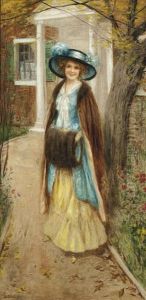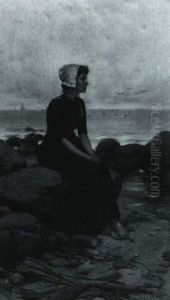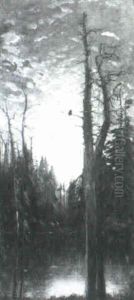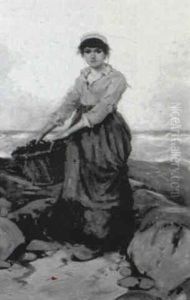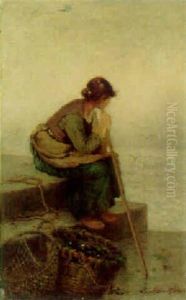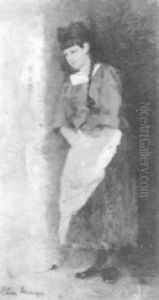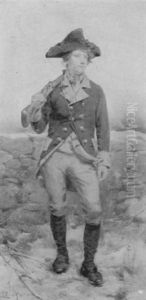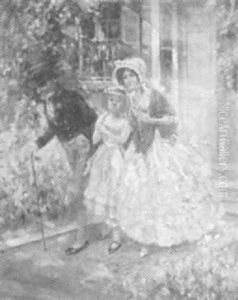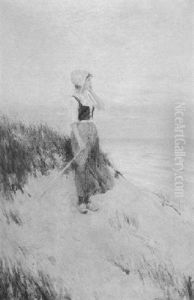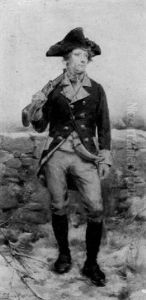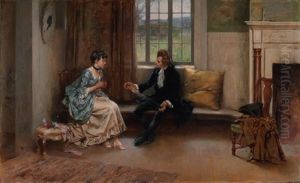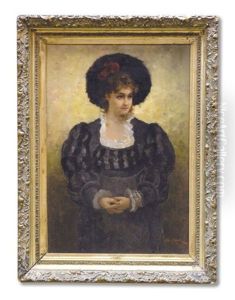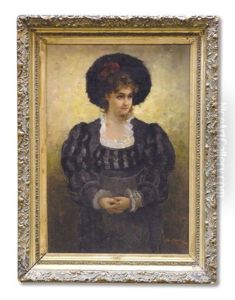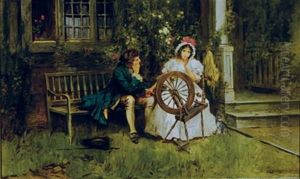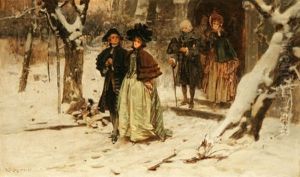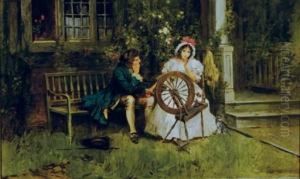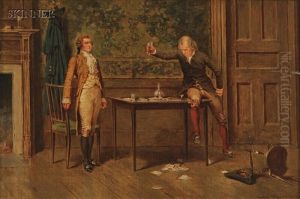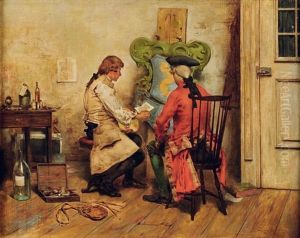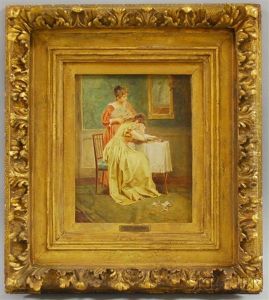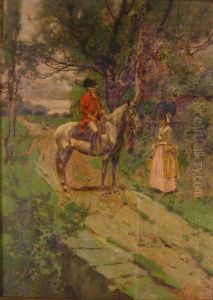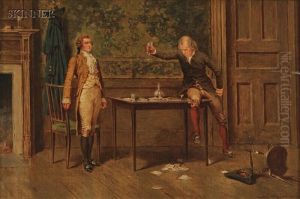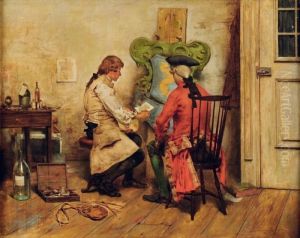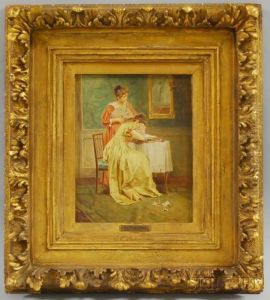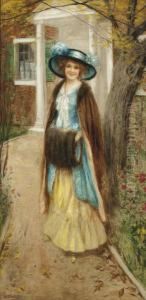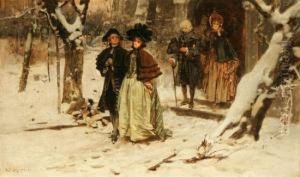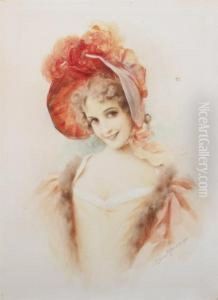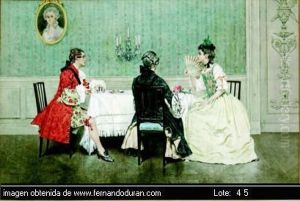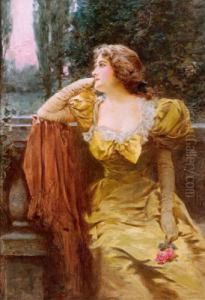Leon John Moran Paintings
Leon John Moran was an American artist born on March 23, 1864, in Philadelphia, Pennsylvania. He came from a family of artists; his father, Edward Moran, was a notable marine painter, while his brothers, Edward Percy Moran and Thomas Moran, also pursued careers in the arts, with Thomas becoming particularly famous for his landscapes of the American West.
Leon showed an early interest in art, and like his brothers, he received his initial training from his father. He further honed his skills at the Pennsylvania Academy of the Fine Arts and then moved to New York City, where he continued his education at the National Academy of Design. Moran's style was influenced by the prevalent aesthetic of the time, which often included elements of the impressionist and realist movements.
Moran's work encompassed a variety of subjects, including genre scenes, landscapes, and portraits. He was particularly known for his delicate watercolors and was a member of the American Watercolor Society. His approach to painting often reflected a genteel and serene quality, which was appreciated by the art patrons of his time.
Throughout his career, Leon Moran exhibited his work at various venues, including the Pennsylvania Academy of the Fine Arts Annual Exhibition and the National Academy of Design. He was well regarded by his contemporaries and enjoyed moderate success during his lifetime.
Leon John Moran passed away on February 14, 1941, in New York City. While he may not have achieved the same level of fame as his brother Thomas Moran, his contributions to American art during the late 19th and early 20th centuries continue to be recognized by art historians and collectors today. His paintings can be found in the collections of those interested in American impressionism and the Moran family's artistic legacy.
